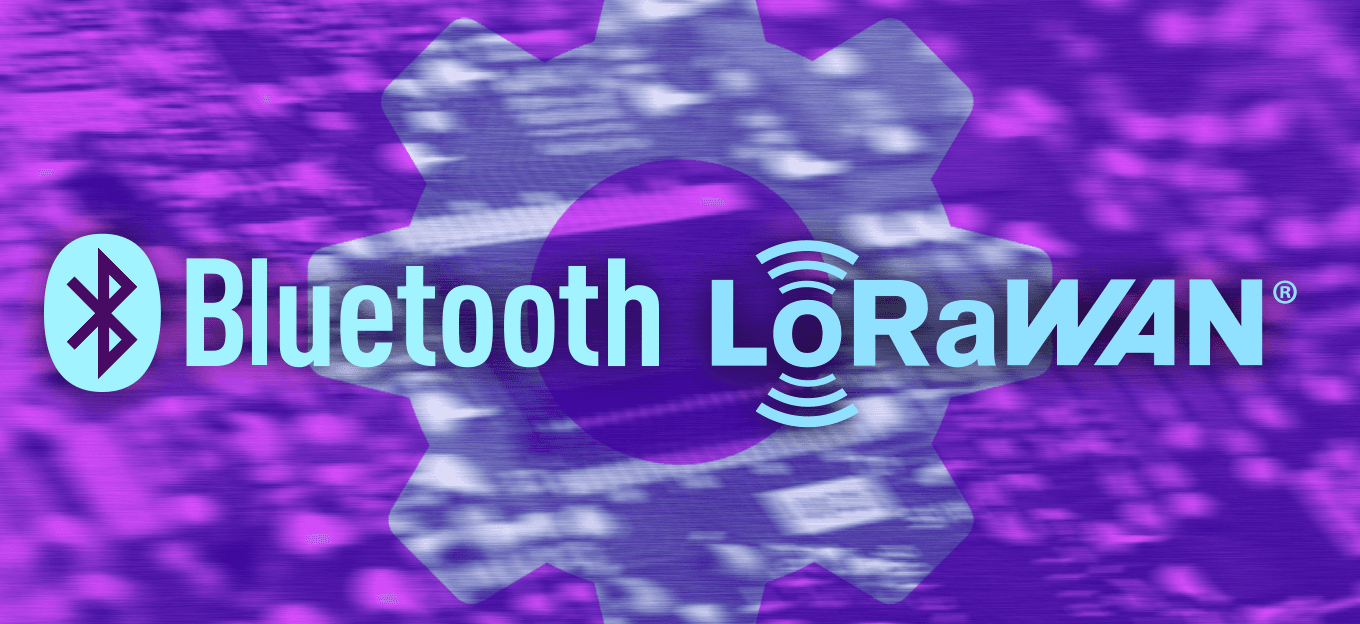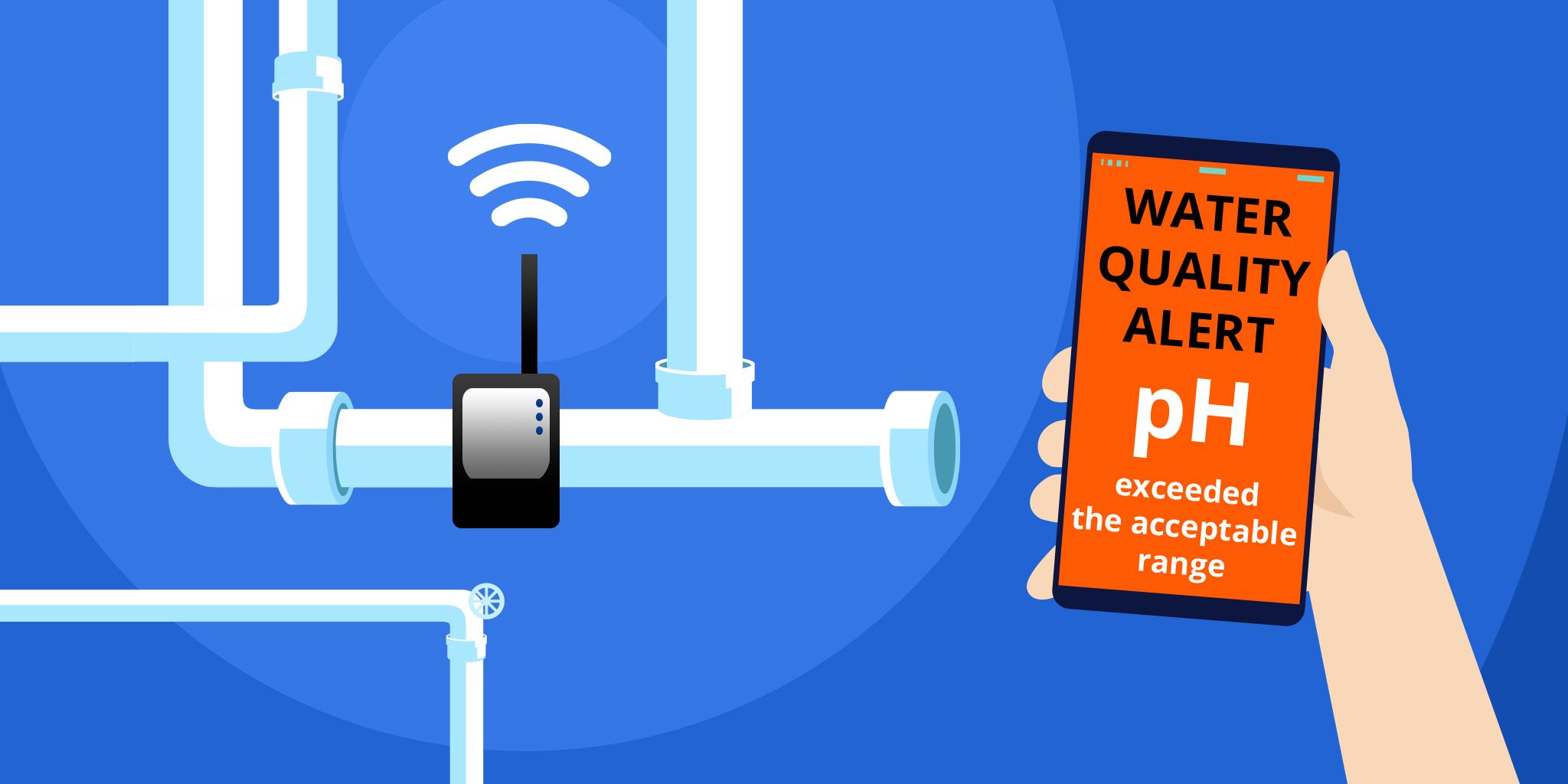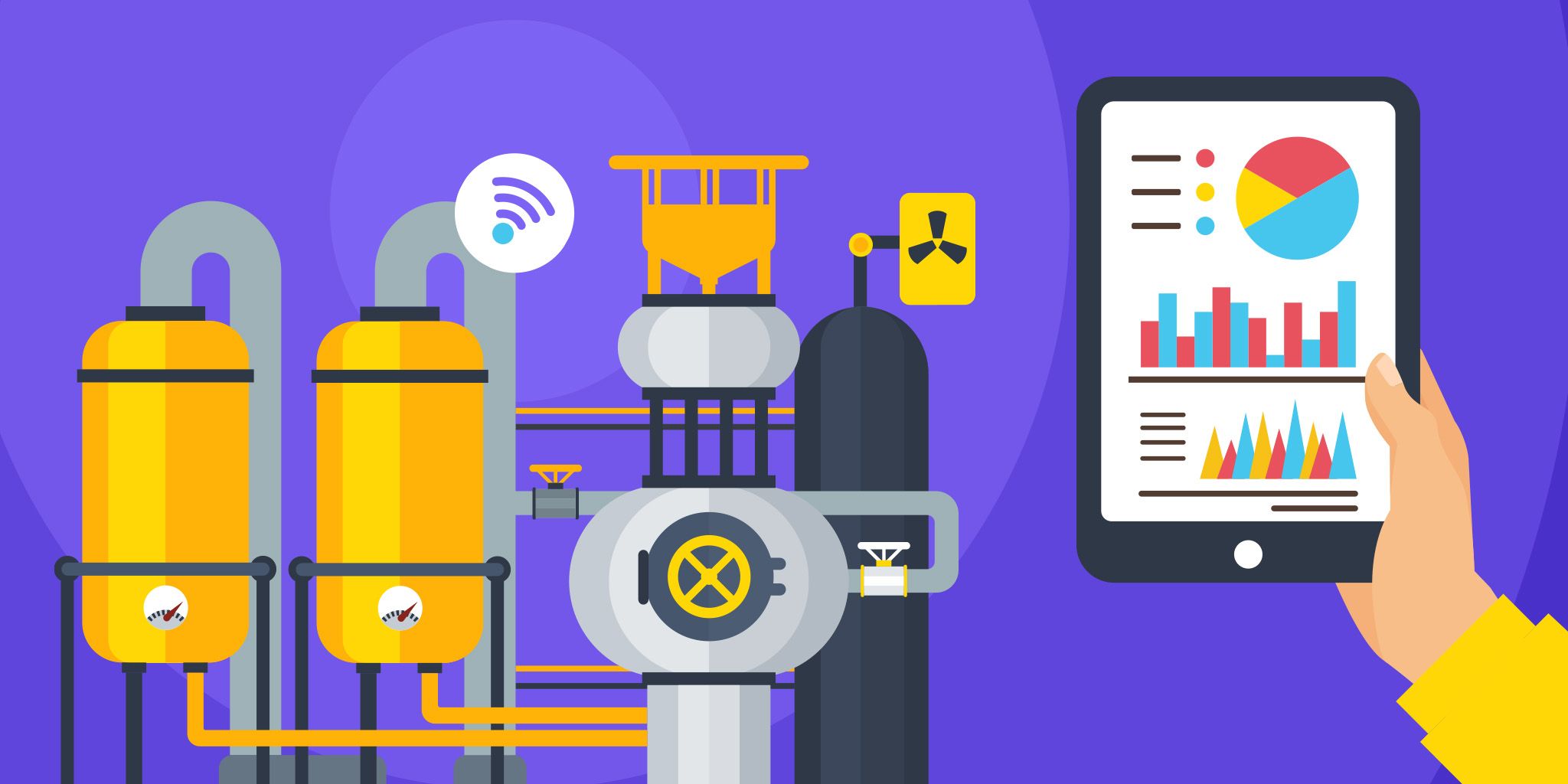Addressing Metering Infrastructure with LoRaWAN
Addressing Metering Infrastructure with LoRaWAN
- Last Updated: June 25, 2025
Netmore
- Last Updated: June 25, 2025



In the U.S., a water main breaks every two minutes, leaking enough water each day to fill 9,000 swimming pools, according to recent ASCE data. As critical infrastructure continues to age like it has in the water industry, utilities and municipalities must find practical solutions to rebuild and augment these systems with modern materials and technologies. In fact, the renewal and replacement of aging water and wastewater infrastructure has been the top challenge facing water utilities in the United States for the last seven years, according to the American Water Works Association (AWWA) State of the Water Industry Report. An example of innovation directly addressing today’s aging water infrastructure is the use of Low Power Wide Area Networks (LPWANs) such as LoRaWAN and low-cost sensors to support new advanced metering infrastructure (AMI).
AMI is often narrowly viewed as a one-for-one replacement of legacy Automatic Meter Reading (AMR) and read-to-bill processes that require drive by or manual meter reading to determine water consumption. Deploying advanced metering infrastructure with LPWAN connectivity, however, not only fully automates meter reading but expands the ability for utilities and municipalities to implement a variety of water management applications that address broader water conservation and sustainability concerns.
'The adoption of LoRaWAN by water utilities for metering and improved service delivery is providing gas and electric utilities with foundational information for the development of new infrastructure monitoring and safety applications.' -Senet
Why LoRaWAN?
When evaluating an AMI solution, utility providers must determine the most appropriate communication standard and network consumption model for their connected device environment. This choice directly impacts the near- and long-term operational flexibility and cost savings that utilities can realize. It also has the potential to create new models of engagement between utilities and municipal organizations as well as cross-sector utility collaboration.
Because metering and infrastructure monitoring applications have relatively low data payloads and seldom require low latency, the legacy water management market is being disrupted by solutions built on the LoRaWAN standard. LoRaWAN Network-as-a-Service (NaaS) delivery models and LoRaWAN sensor-enabled end-devices have proven to be viable replacements for legacy closed and proprietary systems that are costly to operate and lack the roadmap to support the broader set of conservation and sustainability initiatives being prioritized today.
By adopting public managed LoRaWAN network services for advanced metering infrastructure, designed from the ground up and with the capacity to support millions of connected devices, utilities and municipalities can now efficiently and cost effectively implement their digital transformation initiatives.
Automating and Augmenting Water AMI
LoRaWAN networks designed for advanced metering infrastructure are among the most capable. They are high-density, built with abundant capacity, and secure. A single LoRaWAN gateway can support several hundred-thousand endpoints, representing a small fraction of the total network capacity. Additionally, the LoRaWAN protocol was built with security as a fundamental part of the network architecture, meaning it is highly capable of handling the requirements for secure wireless delivery of utility and municipal data. Additional layers of security such as MTE (MicroToken Exchange) and MKE (Managed Key Encryption) are also supported by forward thinking network operators to support critical infrastructure and essential business applications.
With advancements in automated metering and wireless data collection sensors, water utilities can now utilize their advanced metering infrastructure to reduce water loss through leak detection, streamline billing through enhanced water flow monitoring, and implement new rate structures to incentivize water conservation. Further, consumers benefit from behind-the-meter leak detection solutions and detailed information about their water consumption which can lead to more efficient water use and lower water bills.
With a dense public carrier-grade LoRaWAN network in place to support AMI, municipalities and utilities can also rapidly deploy and expand their digital transformation initiatives to include applications like manhole monitoring, air quality monitoring, water quality monitoring, flood level monitoring, waste management, asset tracking, public safety, and more.
Connected City Playbook
Only with the right vision, plans, and resources in place will utility and municipal programs reach their full potential. When developing and executing a coordinated strategy, utility and municipal leaders should consider several key items related to their selection of network technology and the applications it is designed to support.
#1: Keeping Pace with Advanced Technologies
The expectations of businesses and citizens continue to evolve in parallel with rapid advancements in technology. Being prepared to evaluate and adopt new technologies and applications as they emerge will allow cities to better serve their citizens, improve quality of life, and address inefficiencies while saving money and resources.
#2: Deploying a Scalable Digital Infrastructure
At the core of any connected city must be a secure, efficient, and affordable network infrastructure. Investing in citywide network infrastructure, data platforms, and scalable systems to support the broadest range of applications is key to long-term success.
#3: Engage with a Proven Technology Ecosystem
A piecemeal approach to deploying connected city applications will prove ineffective in the long run. The best approach is to find the right mix of internal teams and external partners for what you are trying to achieve. Successful connected city projects will take advantage of a robust ecosystem of partners as well as modern and creative approaches to engagement, such as network-as-a-service models and revenue sharing.
Collaboration for Adoption
Utilities and municipalities should be open to sharing their experiences around new technology evaluation and adoption. For example, the adoption of LoRaWAN by water utilities for metering and improved service delivery is providing gas and electric utilities with foundational information for the development of new infrastructure monitoring and safety applications. Given the inherent overlap of the infrastructure and service delivery models, cross-sector collaboration has the potential to dramatically change the way utilities contribute to the success of national and global environmental, sustainability, and safety initiatives.
The Most Comprehensive IoT Newsletter for Enterprises
Showcasing the highest-quality content, resources, news, and insights from the world of the Internet of Things. Subscribe to remain informed and up-to-date.
New Podcast Episode

Moving Past the Pilot Phase in IoT and AI
Related Articles





